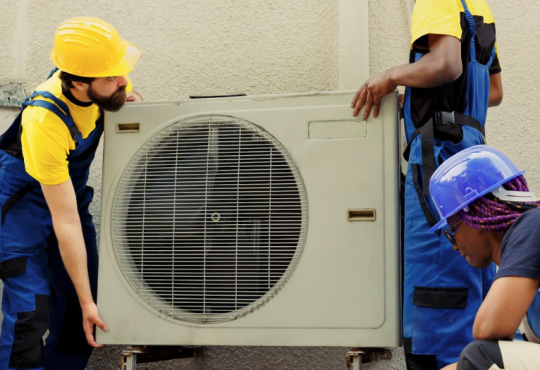
Introduction
Trailer springs absorb shocks, support cargo weight, and maintain ride stability for your semi-trailer. Over time, springs can suffer fatigue, corrosion, and misalignment, leading to premature wear or even failure. A proactive maintenance routine extends spring life, preserves fleet uptime, and safeguards both cargo and drivers. In this guide, we’ll detail preventive care practices for conventional and parabolic springs, highlight common inspection techniques, and demonstrate how Wondee Autoparts’ extensive spring series can keep your trailers running smoothly.
Types of Springs and Material Properties
Trailer springs come in two primary designs:
- Conventional Leaf Springs: Comprised of multiple steel leaves stacked together. They offer straightforward construction, ease of repair, and predictable load response.
- Parabolic Springs: Each leaf tapers toward the ends, reducing interleaf friction for a more comfortable ride and lighter assembly weight.
Whether you need pickup springs, boat trailer springs, agricultural vehicle springs, or heavy-duty semi-trailer springs, Wondee Autoparts supplies OEM-grade materials, ensuring each spring meets strict fatigue and hardness standards. HSLA steel and silicon-manganese alloys are common, balancing toughness and spring memory.
Inspection Protocols and Wear Indicators
Routine inspections, ideally every 10,000 miles or six months, reveal issues before they escalate. Key steps include:
- Visual Check for Cracks or Breaks: Look along the spring eyes and center bolt area for fractures.
- Measure Free Length and Arch Height: Compare to manufacturer specifications; reduced arch indicates fatigue.
- Check for Corrosion or Pitting: Rust weakens the steel. Springs from Wondee Autoparts come pre-coated to minimize this risk.
- Examine Bushings and U‑Bolts: Loose or deteriorated bushings create misalignment. Replace worn components promptly.
Use simple tools like calipers and spring gauges to record dimensions, and maintain a log to track spring health over time.
Lubrication and Cleaning Practices
Low friction between leaf surfaces is vital. Follow these steps:
- Clean Springs: Remove dirt, road grime, and old grease with a wire brush and mild detergent.
- Apply Lubricant: Use a graphite-based or high-pressure grease between leaves to reduce wear.
- Protect Exposed Surfaces: After lubrication, wipe off excess and apply a rust inhibitor spray to all metal surfaces.
Proper lubrication reduces noise, prevents moisture ingress, and lowers the risk of binding.
Alignment and Mounting Checks
Misaligned springs cause uneven load distribution and accelerated stress:
- Center Bolt Torque: Ensure center bolts are torqued to manufacturer specs, preventing leaf separation.
- U‑Bolt Tightness: Check and retorque U‑bolts after 1,000 miles and periodically thereafter.
- Hanger and Shackle Inspection: Worn hanger brackets or shackles can misalign the spring pack. Replace damaged parts using Wondee Autoparts’ hanger and pin kits.
A precise mounting layout preserves spring geometry and ride quality.
Replacement Criteria and OEM vs. Aftermarket
When springs show significant wear, arch reduction over 10%, cracked leaves, or irreparable corrosion, replace the entire pack. While aftermarket springs can be cost-effective, OEM or high-quality aftermarket from Wondee Autoparts ensures consistent performance and easier compatibility with existing suspension parts.
Conclusion
Maintaining trailer springs for longevity demands systematic inspections, proper lubrication, and careful alignment checks. By adhering to a scheduled maintenance routine and sourcing springs and components from Wondee Autoparts, you can prevent downtime, extend service intervals, and ensure your trailers deliver a smooth, safe ride, trip after trip.





